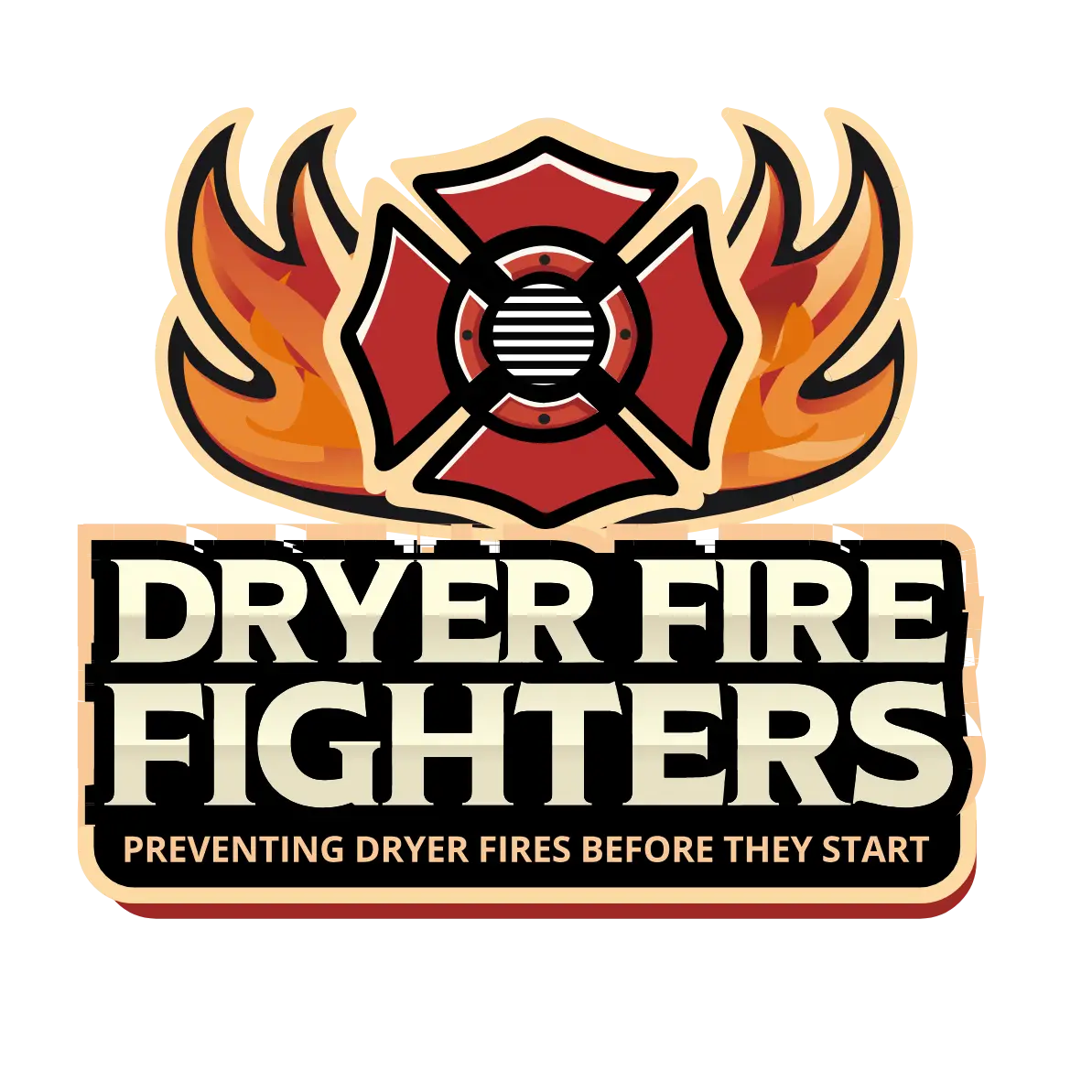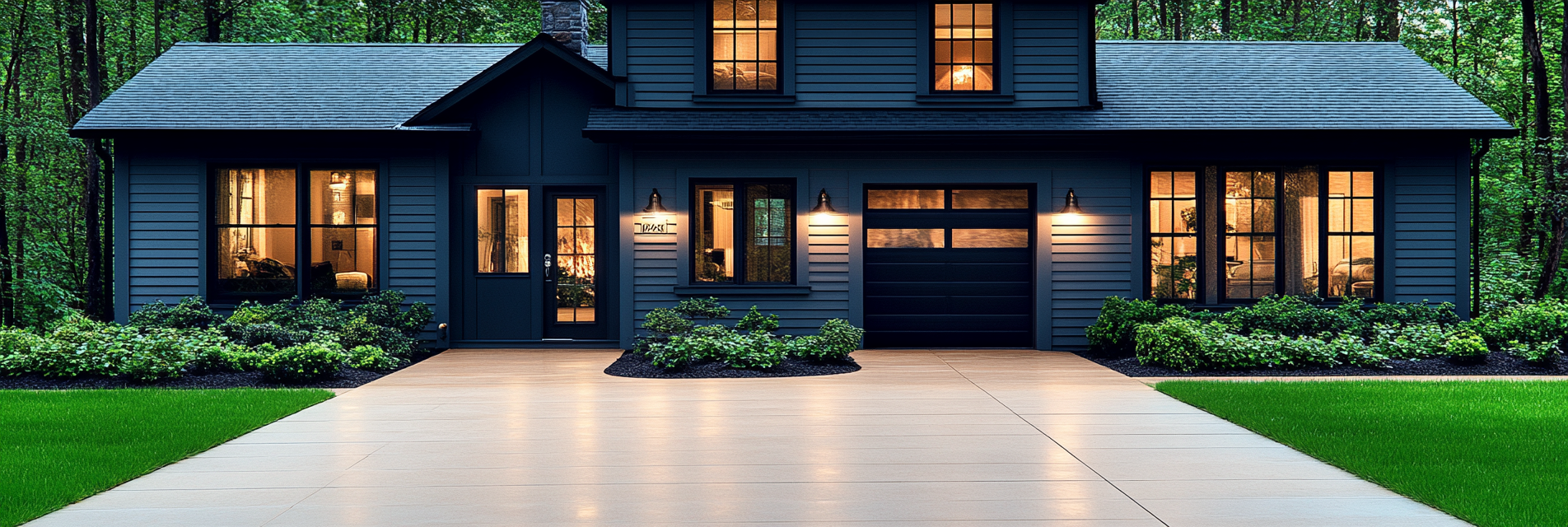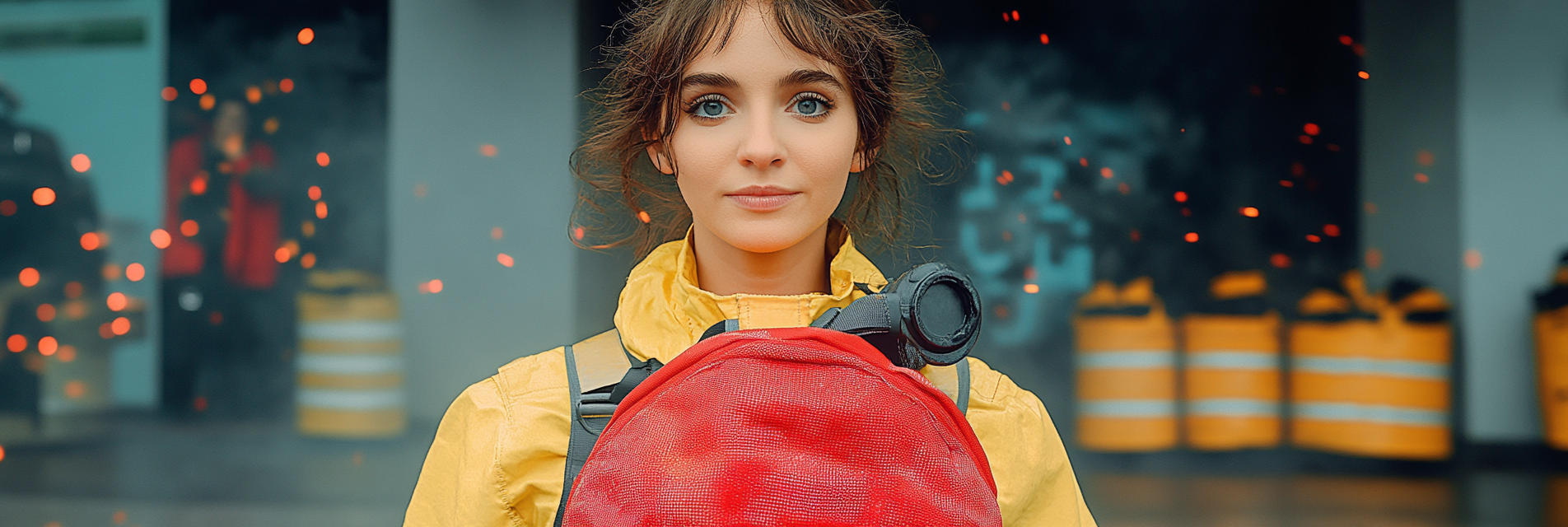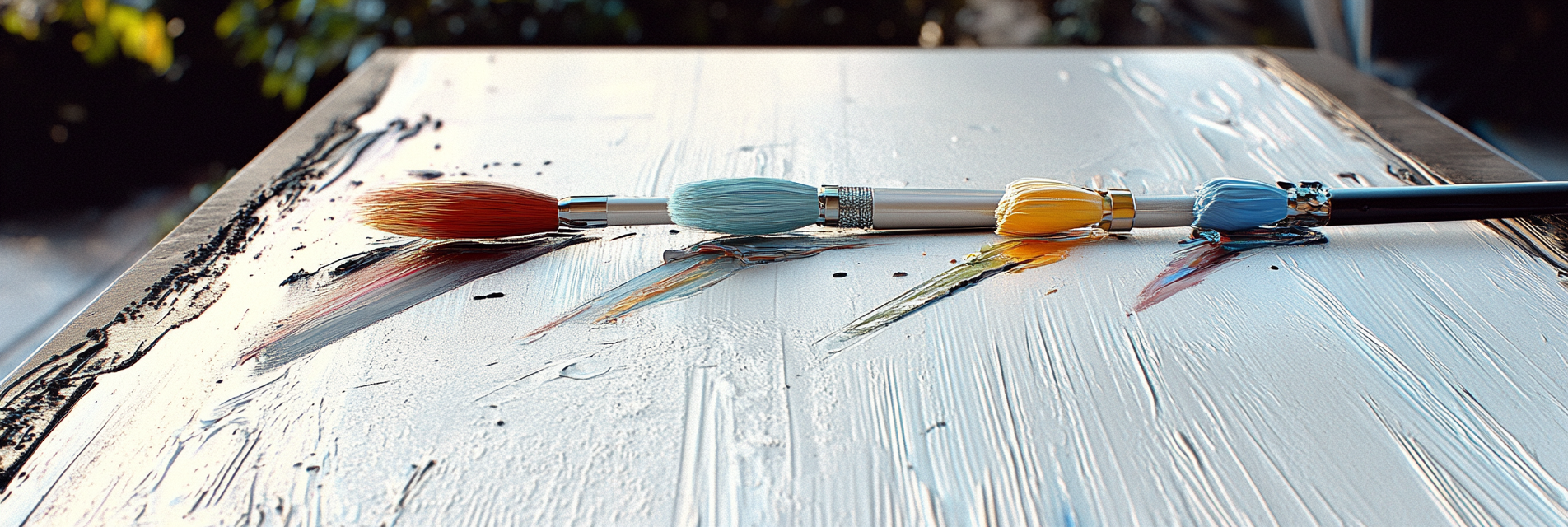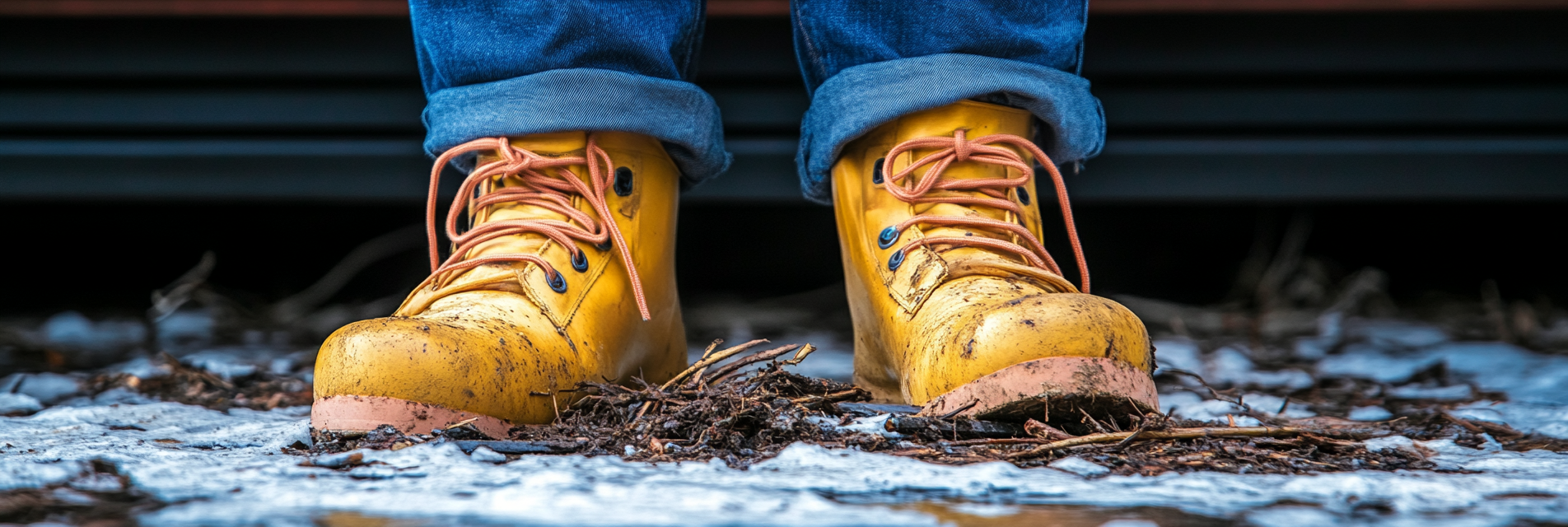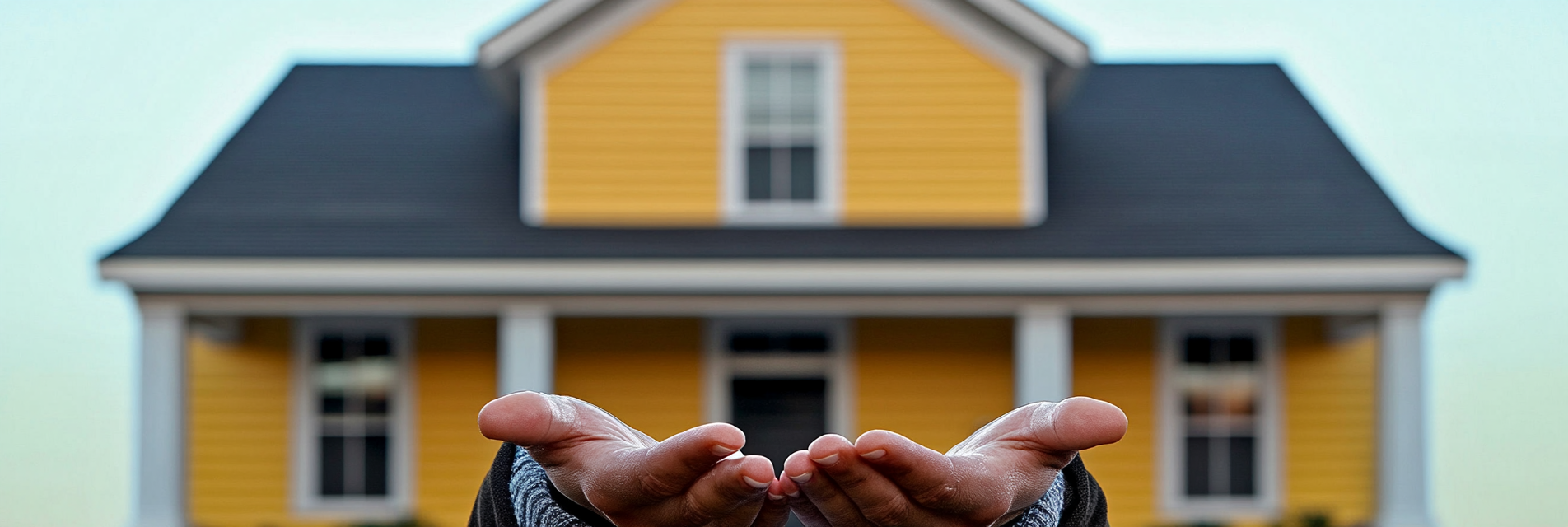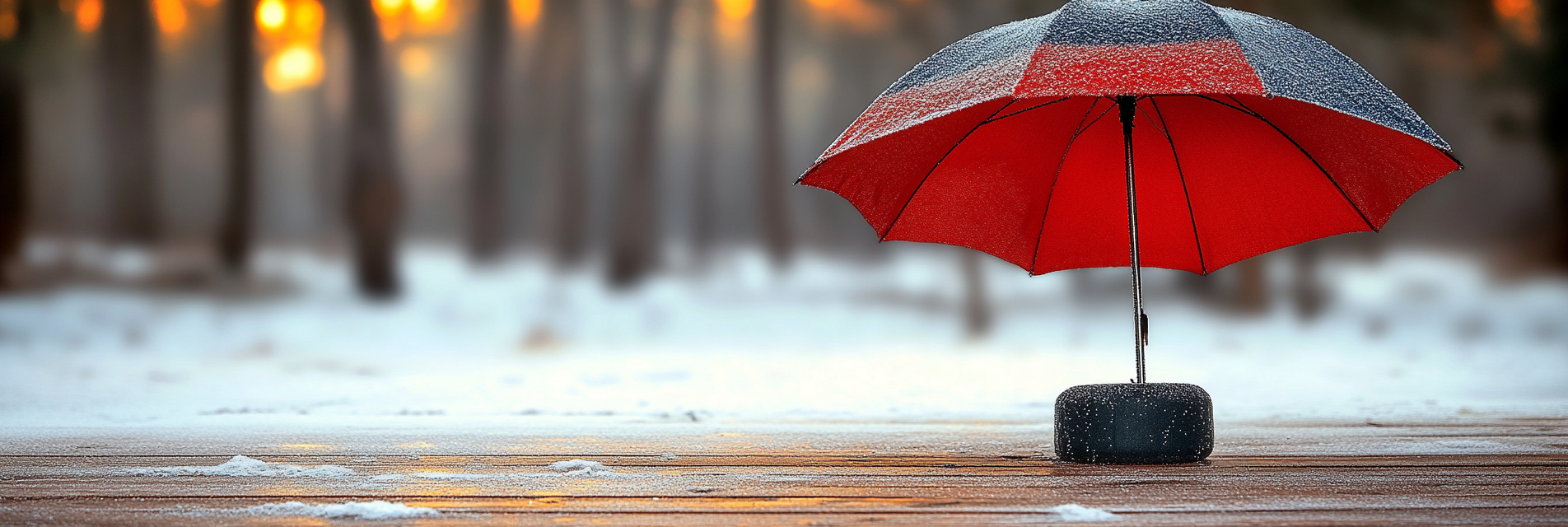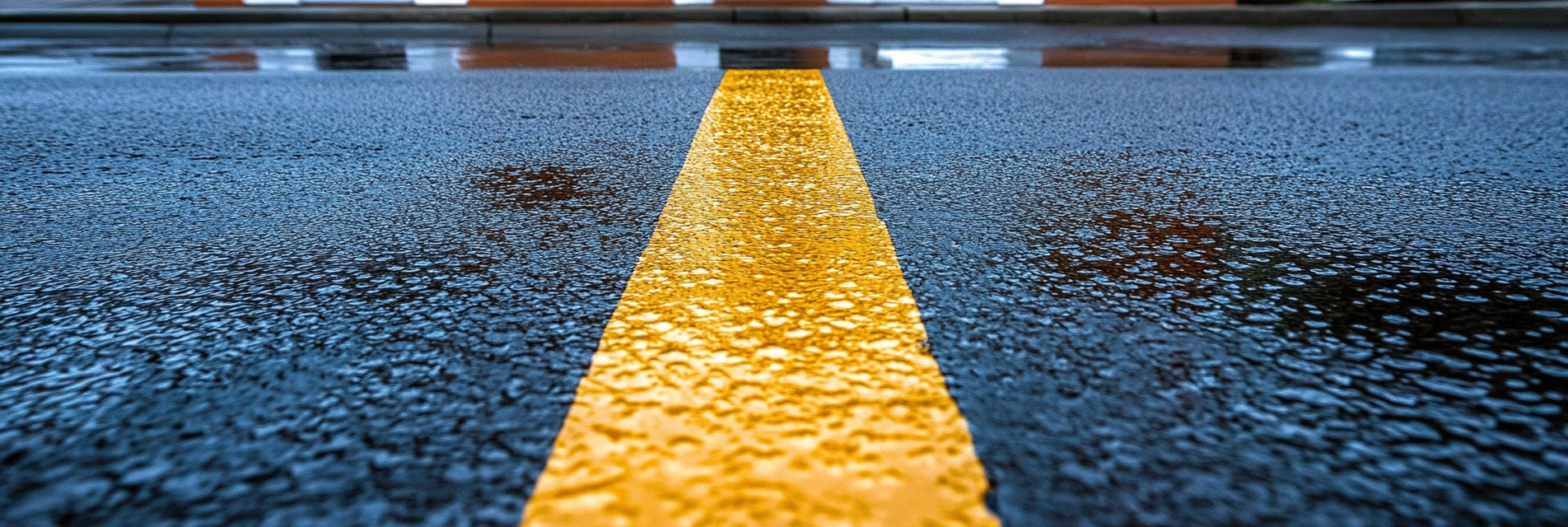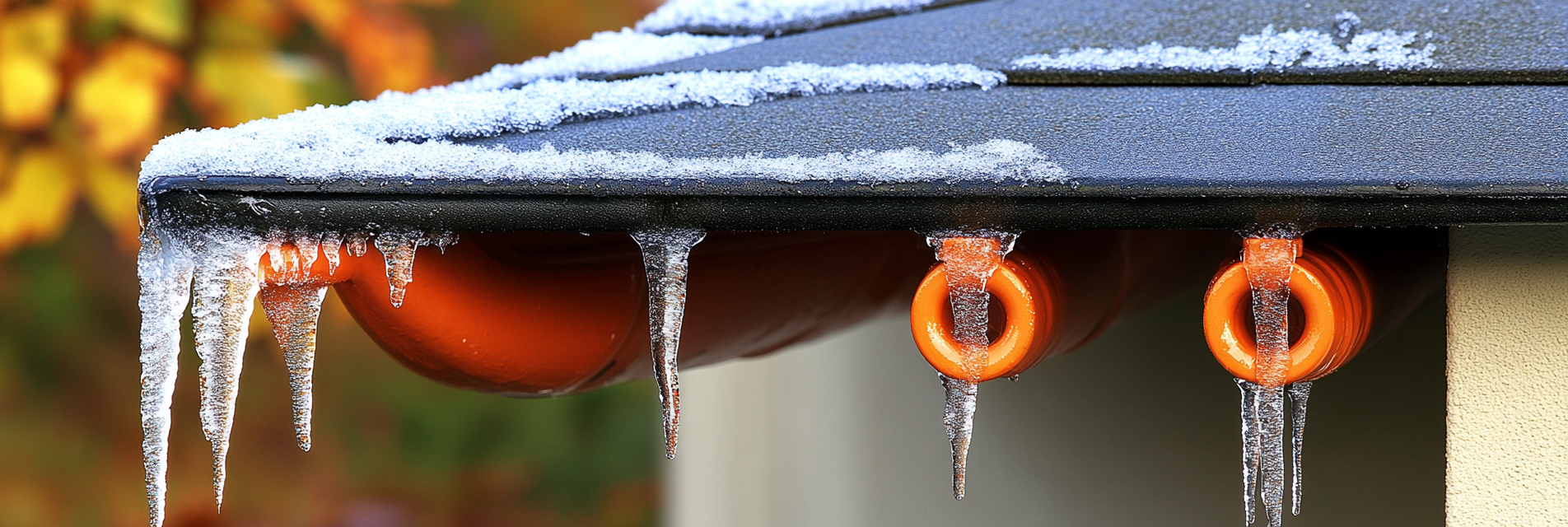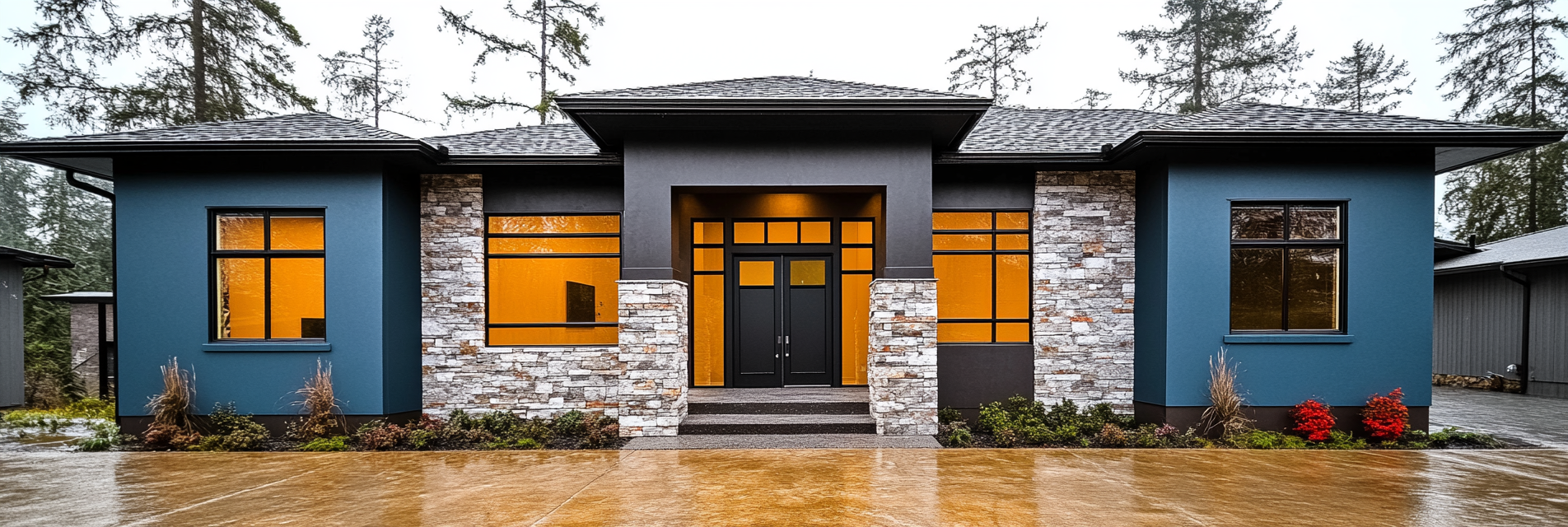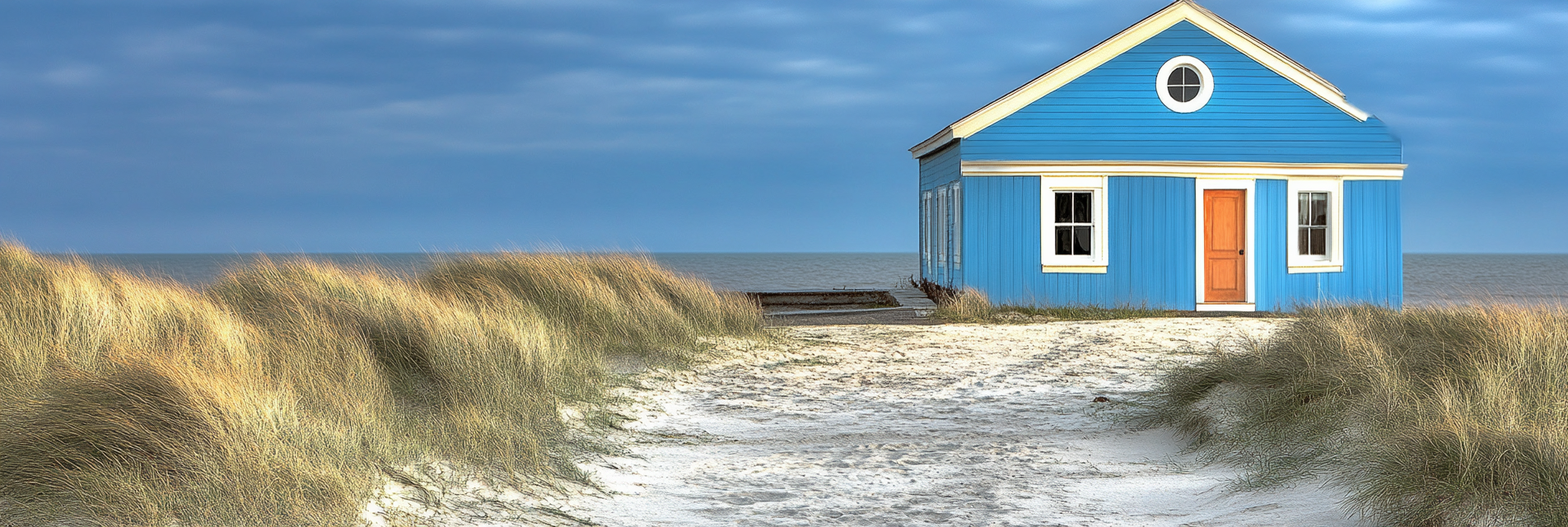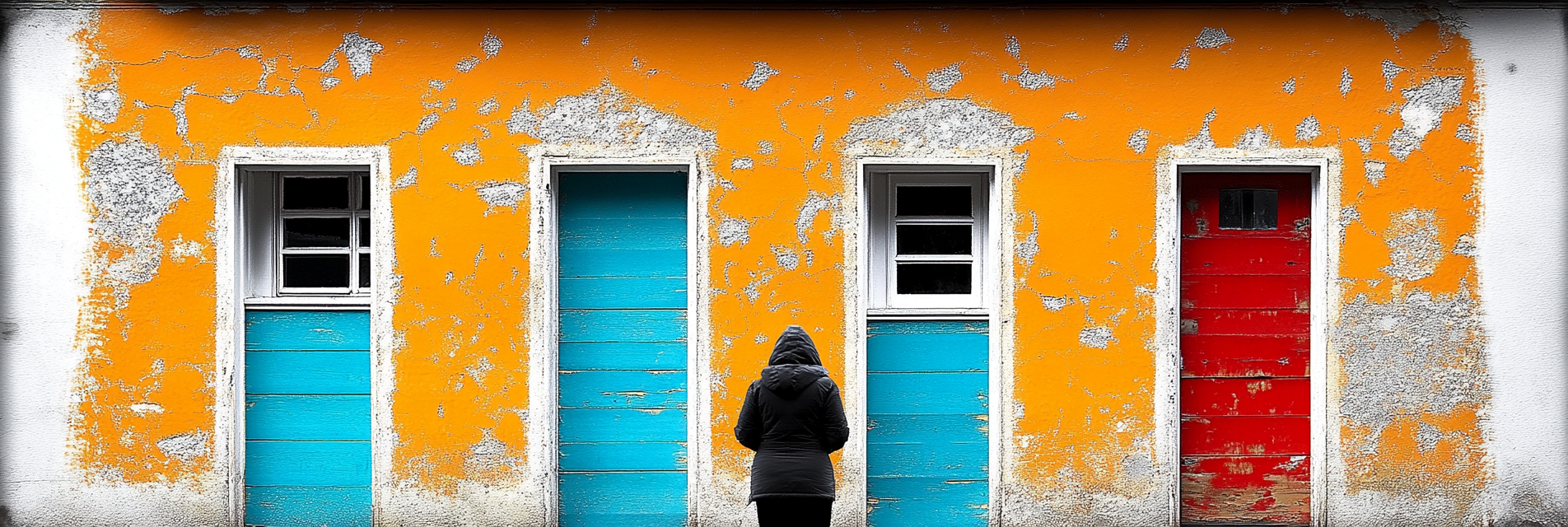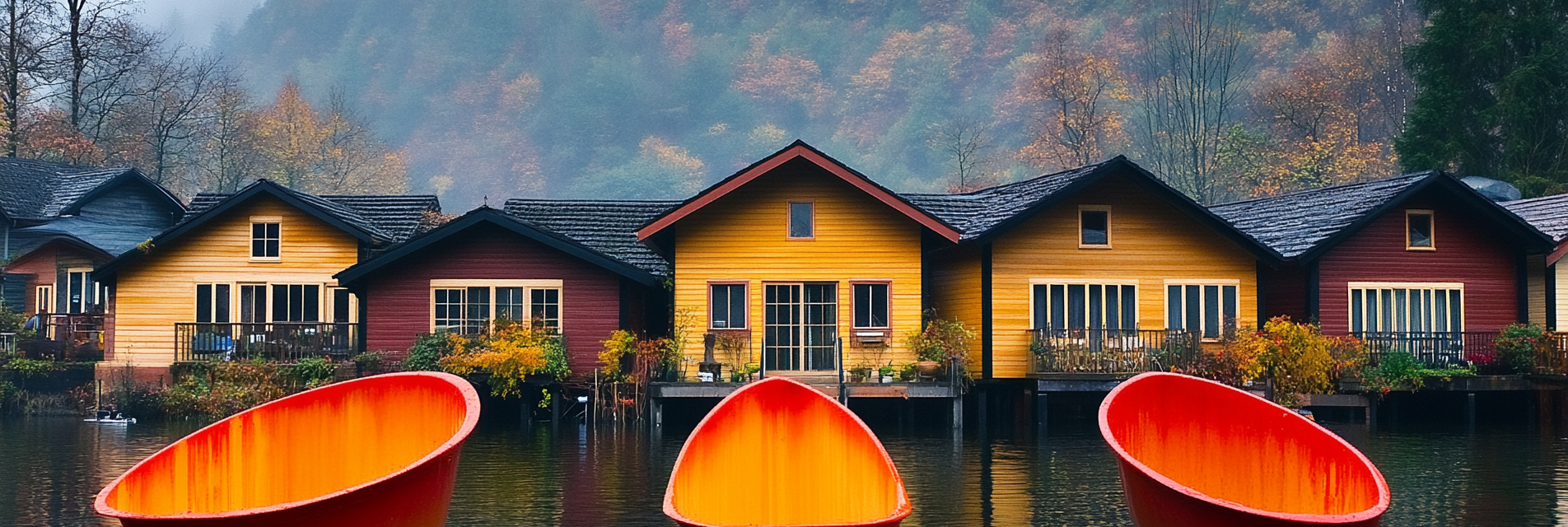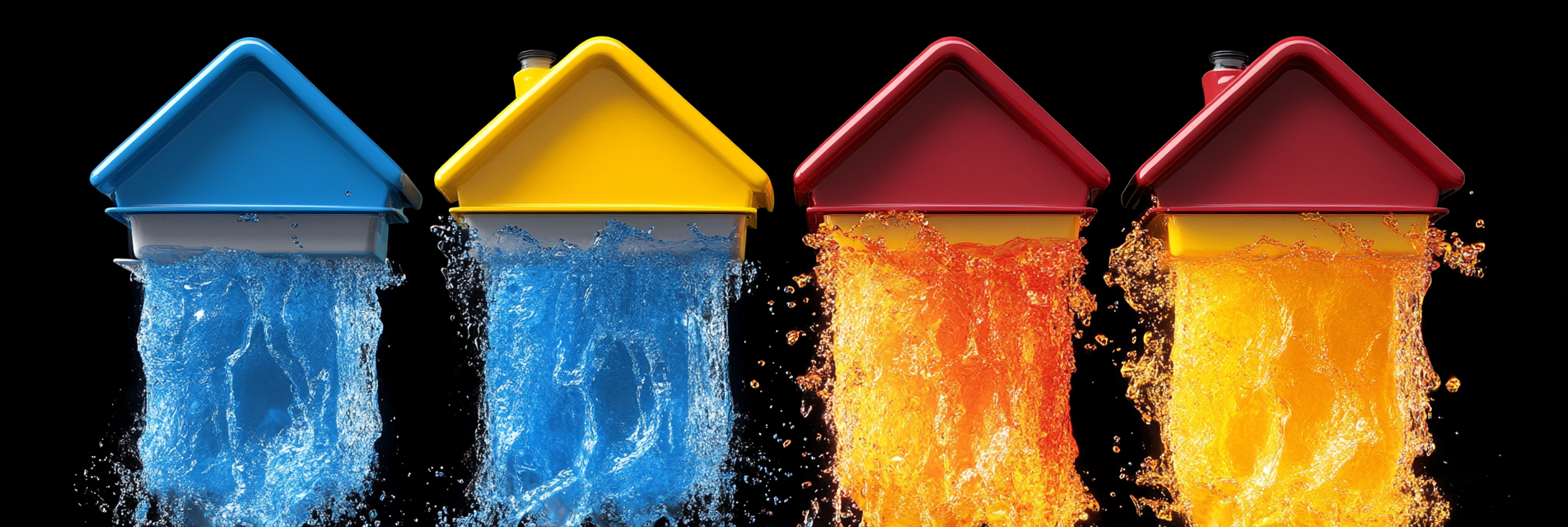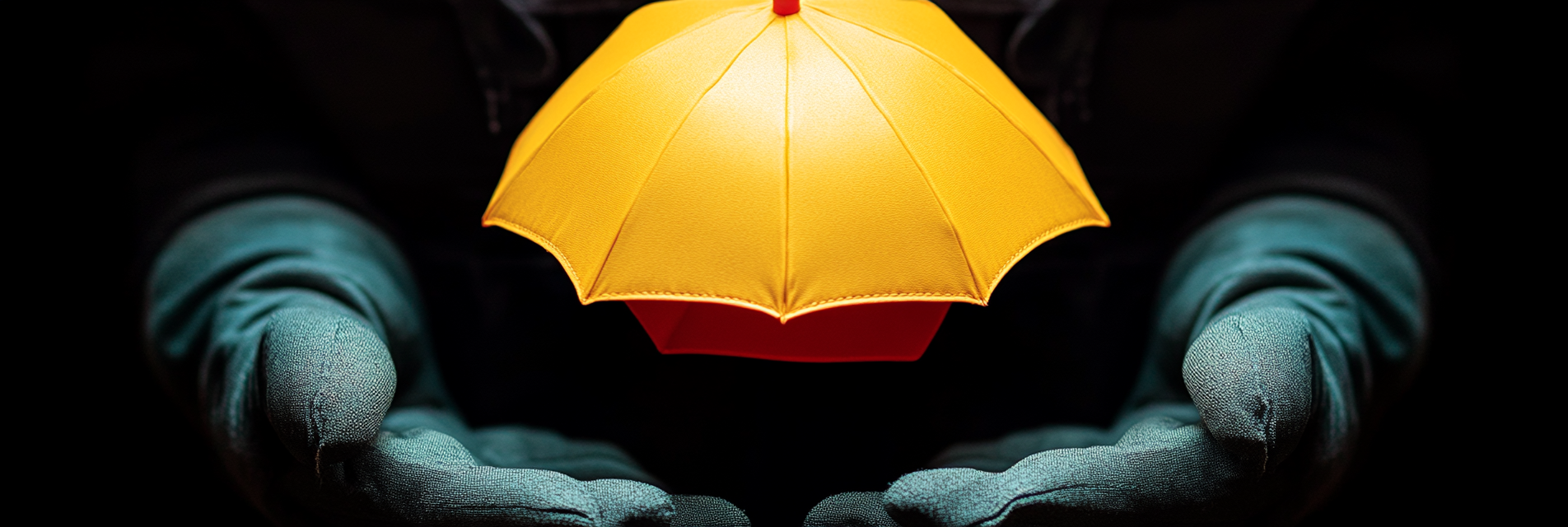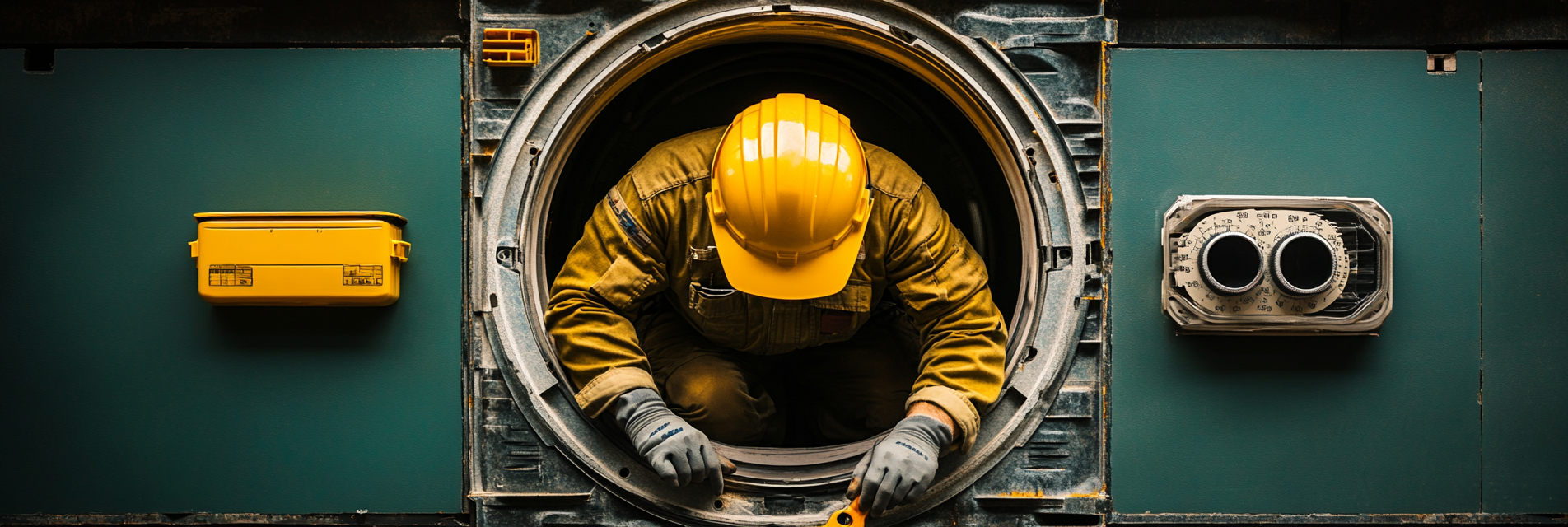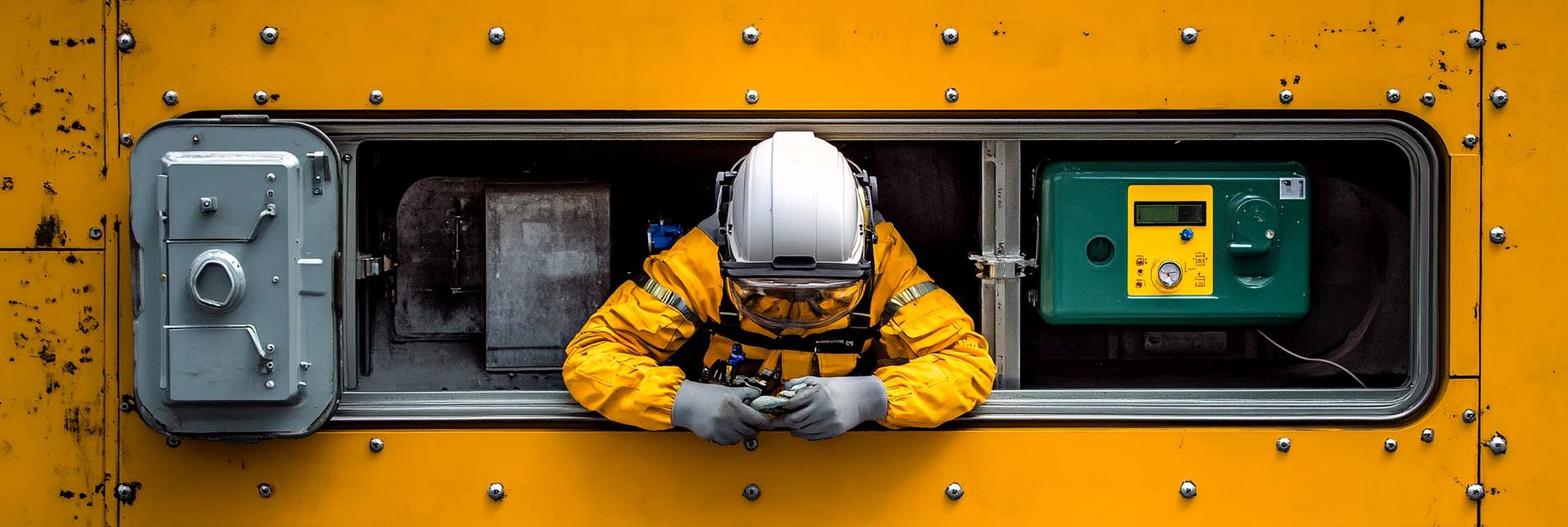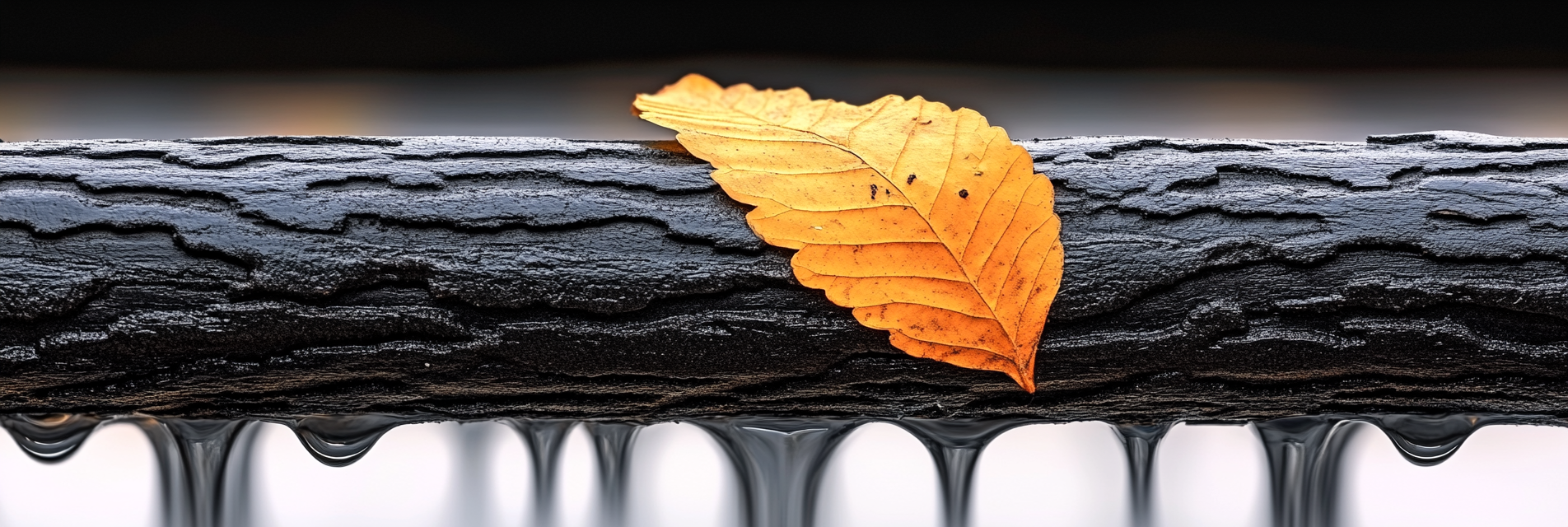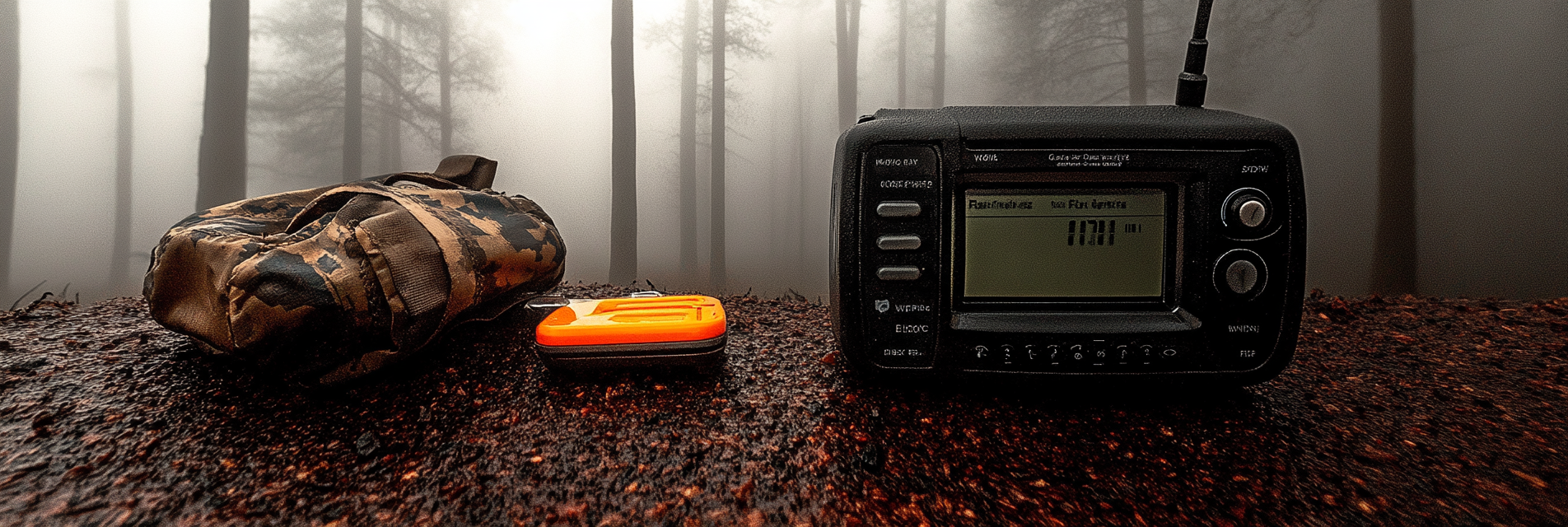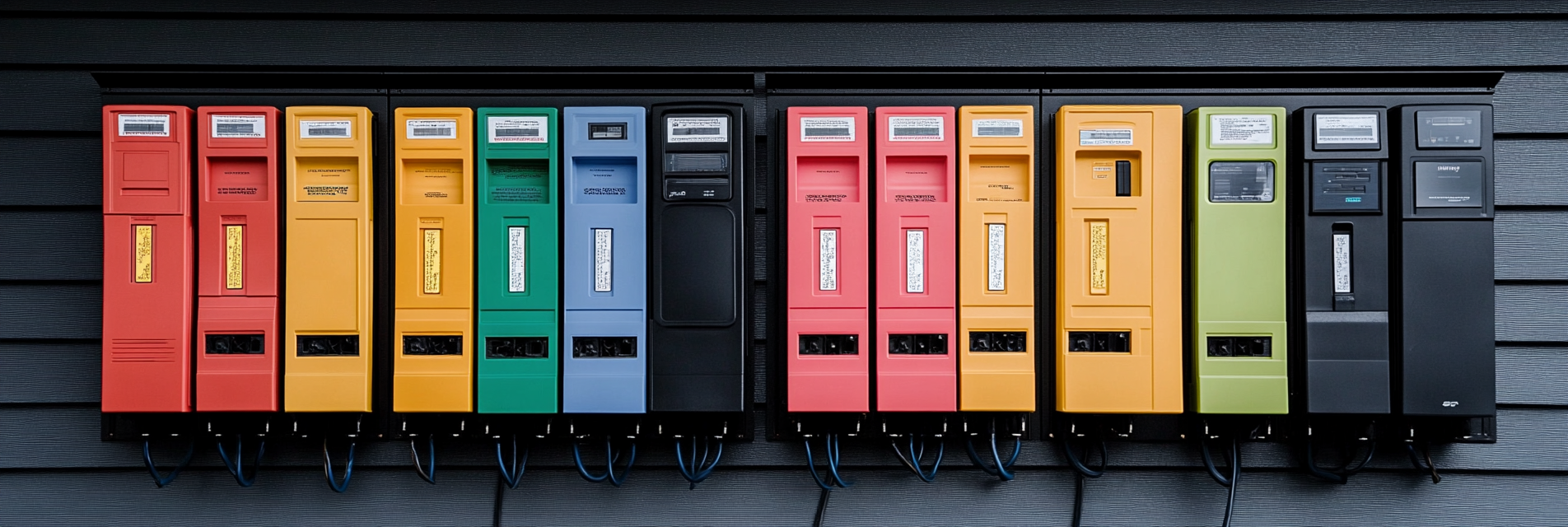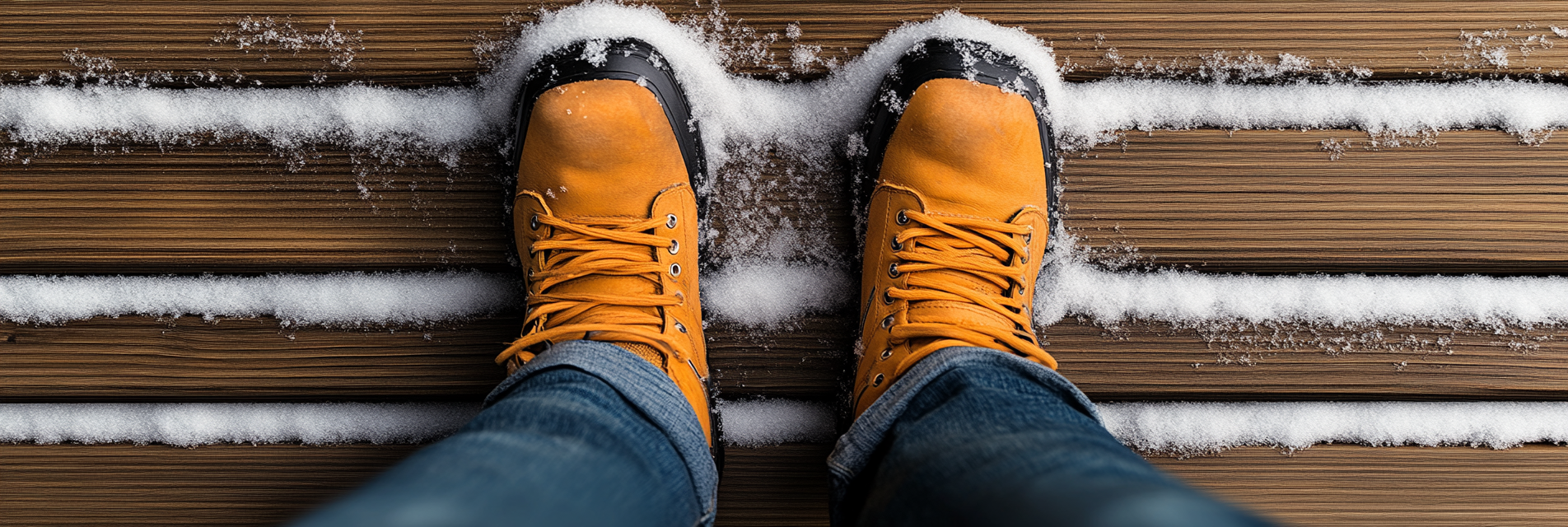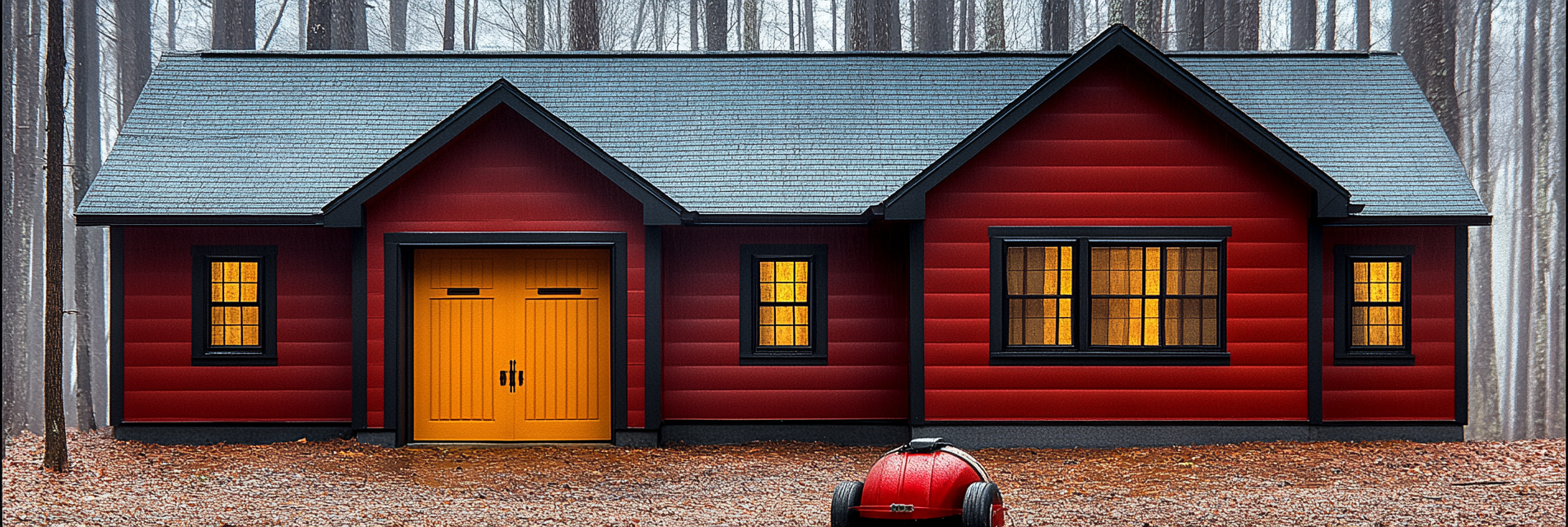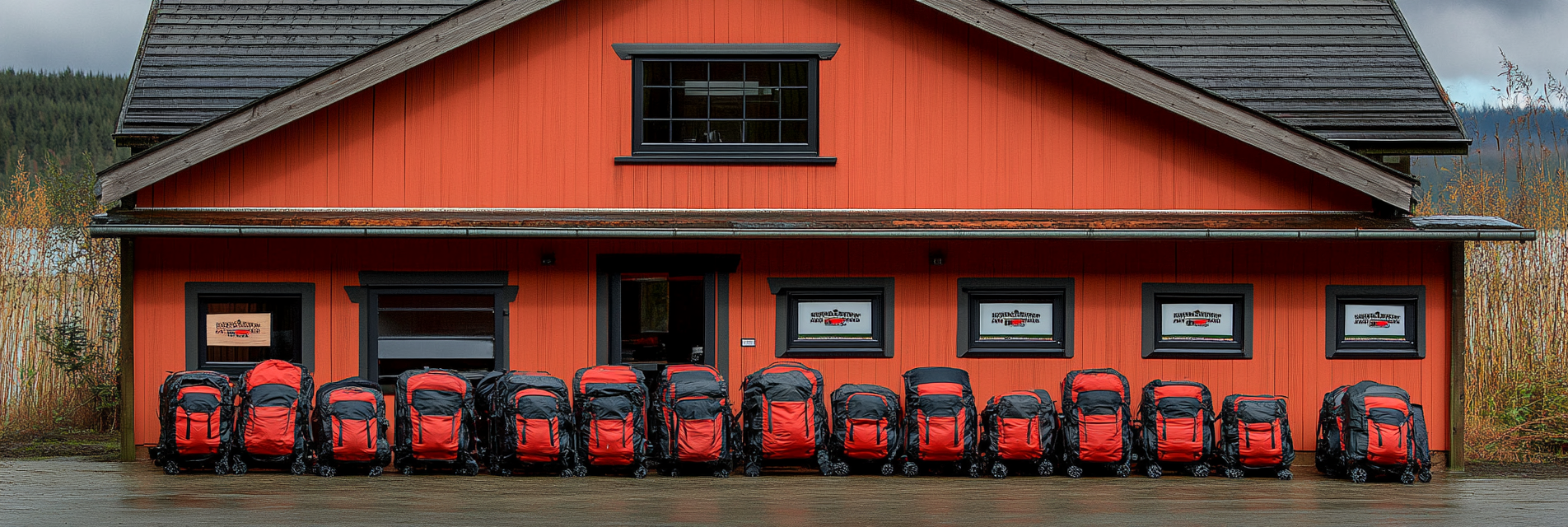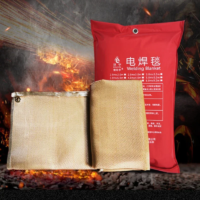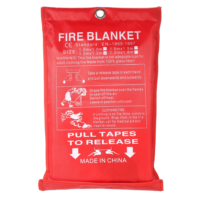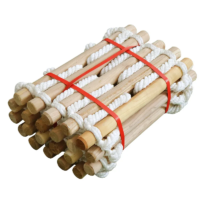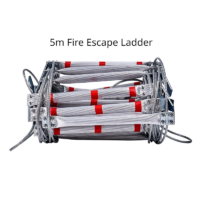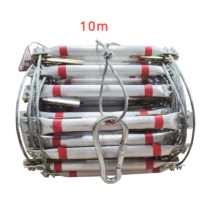With the increasing frequency and intensity of wildfires in many regions, preparing your home and property has never been more essential. Proper preparation not only safeguards your home but also enhances your safety and the safety of your community. This comprehensive guide covers proactive measures to minimize risk, product recommendations, and use case scenarios to help protect your property during wildfire season.
1. Understanding the Importance of Defensible Space
Defensible space is the buffer you create between your home and the surrounding vegetation that can help slow or stop the spread of a wildfire. This space gives firefighters a chance to defend your home and improves your home’s chances of surviving a wildfire on its own.
- Zone 1: Immediate Zone (0 to 5 feet): This zone should be free of all flammable materials. Remove dead plants, leaves, and combustible debris. Replace wood mulch with non-combustible materials like gravel or stone.
- Zone 2: Intermediate Zone (5 to 30 feet): Maintain low-growing, well-watered plants and create breaks using pathways or driveways to slow the spread of fire.
- Zone 3: Extended Zone (30 to 100 feet): Thin trees to reduce the density and clear away dead branches and debris.
Product Recommendation: Gardener’s Supply Company Fire-Resistant Mulch is an excellent choice for the immediate zone as it helps prevent the spread of fire while maintaining the aesthetic of your garden.
2. Fire-Resistant Landscaping
Choosing the right plants and materials for your yard can make a significant difference in reducing fire risk.
- Plant Selection: Opt for fire-resistant plants such as lavender, California lilac, and ice plant. These plants have high moisture content and low levels of flammable resins or oils.
- Hardscaping Features: Incorporate non-flammable elements such as stone pathways, rock gardens, and gravel patios. These not only break up the continuity of vegetation but also serve as firebreaks.
Use Case Scenario: If your home is on a hillside, consider terracing with stone walls to create fire-resistant layers that disrupt fire paths.
3. Sealing Vulnerable Areas
Embers are one of the main causes of homes catching fire during wildfires, as they can travel up to a mile ahead of the main fire front and infiltrate homes through small openings.
- Vents and Eaves: Install ember-resistant vents, such as Vulcan Vents, which are designed to block embers while still allowing for airflow.
- Roof Gaps and Soffits: Seal gaps in roofing and use non-combustible soffit materials to prevent embers from finding their way into your attic.
Product Recommendation: Vulcan Vent offers a range of vents with intumescent coatings that expand when exposed to heat, blocking embers effectively.
4. Fire-Resistant Roofing and Siding
The materials you use for your roof and siding play a significant role in your home’s ability to withstand a wildfire.
- Roofing: Use Class A fire-rated roofing materials such as metal, concrete, or clay tiles. GAF Timberline® ArmorShield™ II Shingles are an excellent choice for a durable, fire-resistant roof that also offers impact resistance.
- Siding: Replace wood siding with more fire-resistant materials like fiber cement or stucco. James Hardie HardiePlank® is a popular, non-combustible fiber cement siding that can mimic the look of wood without the associated fire risks.
5. Ember-Proofing Windows and Doors
Windows and doors are weak points in a home’s fire defense. Heat from wildfires can shatter standard glass, allowing fire to enter.
- Dual-Pane Windows: Install dual-pane windows with one pane of tempered glass for greater heat resistance.
- Fire-Rated Doors: Upgrade to solid-core or fire-rated doors to prevent the entry of flames.
Use Case Scenario: In a wildfire-prone area, upgrading to Andersen’s A-Series windows, which have a higher resistance to heat, can make a significant difference.
6. Outdoor Maintenance and Cleanup
Regular outdoor maintenance can greatly reduce fire risk. Remove dry leaves, dead plants, and flammable debris from around your property.
- Gutter Guards: Install non-combustible gutter guards to prevent the buildup of dry leaves and debris. Products like LeafFilter® help keep gutters clear and prevent embers from igniting trapped debris.
- Tree Trimming: Trim tree branches so that they are at least 10 feet away from your home and other trees. Keep tree canopies at least 15 feet apart to reduce the risk of fire jumping between them.
Product Recommendation: Stihl Gas-Powered Leaf Blower for effective removal of leaves and debris from your roof and yard.
7. Fire-Resistant Decking and Fencing
Decks and fences can act as fire highways that lead flames straight to your home.
- Fire-Resistant Decking: Choose materials like Trex Fire Defense Composite Decking for better resistance to heat and embers.
- Metal Fencing: Replace wooden fences with metal alternatives at least within the first 5 feet of your home’s perimeter.
Use Case Scenario: Installing a gravel barrier between a wooden fence and your home can help slow down the spread of fire to your house.
8. Emergency Water Supply and Fire Suppression Tools
Having access to water during a wildfire is crucial for small-scale fire suppression efforts.
- Water Tanks: Install an emergency water tank and equip it with a fire hose connection. Norwesco Horizontal Water Storage Tank is an effective option for storing large amounts of water.
- Fire Hoses: Keep fire hoses and nozzles, such as Fire Boss 1.5-Inch Fire Hose Kit, ready for quick access.
9. Emergency Power Solutions
Power outages are common during wildfires, and having a backup power source can be a lifesaver.
- Portable Generators: A portable generator like the Honda EU2200i Inverter Generator can keep essential appliances running during outages.
- Solar-Powered Lights: Equip your property with solar-powered, motion-sensor floodlights to maintain visibility when the power goes out.
10. Community Preparedness
Join or create a neighborhood wildfire safety group to share resources and support. Communities that work together to implement fire-safe practices create collective defensible space, greatly enhancing everyone’s safety.
Conclusion
Preparing your home for wildfire season involves more than just clearing brush; it requires strategic planning, fire-resistant materials, and ongoing maintenance. By incorporating these proactive measures and ensuring that your home is equipped with fire-safe features, you can minimize risks and enhance your home’s resilience. Paul Lindberg’s Dryer Fire Fighters emphasizes that taking these steps not only protects your home but also contributes to the safety of the entire community.
Serving the communities of:
Kennewick | Pasco | Richland | West Richland | Finley | Burbank | Benton City | Prosser | Grandview | Connell
As the sole certified dryer exhaust technician recognized by CSIA.org in the Tri-Cities area, Paul brings a wealth of expertise to fire prevention. His primary focus lies in addressing the root cause of many residential fires: lint buildup in dryer cavities and vents. Through rigorous inspections and thorough cleanings, Paul ensures that families and businesses can enjoy peace of mind, knowing their properties are safeguarded against fire risks.
